
Imagine your sales team, energized and united, laser-focused on a single, decisive goal. Picture workshops buzzing with ideas, speakers igniting passion, and activities that drive home key messages like never before.
This isn’t just another sales kickoff – it’s an SKO delivered under one unified theme to propel your team toward stratospheric success.
Think of a regular sales kickoff like a bag of mixed nuts: a handful of valuable insights, a sprinkle of motivation, and a lot of…well, mixed results. It might satisfy for a moment, but it won’t leave you feeling truly energized or focused.
On the other hand, sales kickoff themes operate like a gourmet chocolate bar: each element crafted with intention and each bite bursting with flavor and purpose. It’s an immersive experience that resonates deeply, leaving your team with a clear direction and an insatiable hunger to achieve. Just as the chocolate market evolves to cater to diverse tastes, a well-designed sales kickoff theme should adapt to the varied preferences and motivations of your sales team.”
So, how do you transform your next SKO from scattered to stellar?
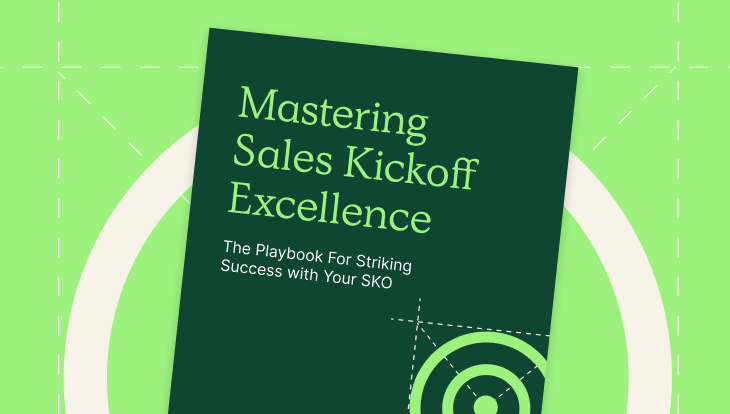
Mastering Sales Kickoff Excellence
Learn what it takes to strike success at your sales kickoff — including how to get your sales team hyped for the year ahead (and their new comp plans)
Read GuideBy harnessing the power of unifying sales kickoff themes.
In this blog, we’ll explore the magic of thematic SKOs, unveil inspiring theme ideas, and show you how to build a sales kickoff agenda that rocks.
Get ready to ditch the mixed nuts and savor the gourmet experience. Your sales team’s future self will thank you.
What is a sales kickoff?
An SKO, or Sales Kickoff, is an annual event held at the start of a fiscal year to energize, align, and equip your sales team for success. It’s like a vitamin shot for your sales engine, injecting a dose of motivation, strategy, and shared goals to propel you toward a high-performing year.
Think of it as a launchpad for your sales stars, where they gain the knowledge, tools, and camaraderie to achieve their individual and collective goals. It’s where scattered energy transforms into a laser-focused force, ready to blast through any obstacle and reach new heights
Why SKOs Matter
Before we jump into sales kickoff themes, let’s discuss the importance of a well-executed SKO.
Your SKO sets the first brushstroke on the canvas of your sales year.
It’s where you define the colors, set the mood, and hint at the masterpiece waiting to be revealed. A strong, thematic SKO isn’t just about immediate excitement; it’s about planting the seeds for sustained motivation, shared purpose, and laser-sharp focus.
Here’s why that first stroke matters:
- Shared Vision: Imagine your team sharing the same mantra and marching toward the same goal. That’s the power of an SKO. It melts individual anxieties into a united front, propelling everyone forward with collective purpose.
- Sustainable Motivation: A well-crafted SKO isn’t just a sugar rush; it’s a slow-release energy capsule. It equips your team with knowledge, tools, and camaraderie that fuel their fire throughout the year, not just until the next meeting.
- Strategic Alignment: Most importantly, it’s about aligning your team with your organization’s goals. Goals become more than numbers on a screen when you imbue them meaningfully. An SKO helps your team internalize the “why” behind their targets and ties their job roles directly to those. This helps every action feel purposeful and connected to the bigger picture.
But remember, just like any masterpiece, an impactful SKO requires careful planning.
A generic agenda can compromise your overarching messages, hence the importance of a powerful theme. Choose workshops that resonate, speakers who inspire, and activities that drive home your message like never before.
Why It’s Beneficial to Create Your SKO Around a Theme
Sales kickoff themes represent more than window dressing.
A theme binds your event and transforms it from a scattered gathering to a powerful experience that fuels your team’s drive and direction.
Here’s why a theme takes your SKO to the next level:
Cohesive Narrative: A theme provides a central thread, weaving together speakers, workshops, and activities into a coherent narrative. This story resonates with your team, making them feel invested in the journey, not just passive observers.
Theme examples:
- Overcoming the Mountain of Market Disruption
- Unleashing the Inner Sales Warrior
Engagement and Interest: A well-chosen theme sparks curiosity and excitement. It’s no longer just another “blah blah blah” meeting. Attendees are drawn in, eager to see how the theme unfolds and how it applies to their individual goals. Think gamified activities, interactive sessions, and speakers who embody the theme’s spirit. Engagement becomes effortless, and the learning sticks.
Theme examples:
- Adventure/Quest-Themed:
- “Expedition to Exceed: Charting the Course to Sales Domination”
- Engagement: Interactive map displays progress toward goals, gamified activities like “boss battles” for difficult clients, and scavenger hunts for sales tips.
- Interest: Appeals to the competitive spirit, sense of discovery, and desire for achievement.
- “Expedition to Exceed: Charting the Course to Sales Domination”
- Transformation/Evolution-Themed:
- “Metamorphosis: From Sales Caterpillar to Revenue Butterfly”
- Engagement: Workshops on skill development, personalized “transformation plans,” before-and-after photos of team growth.
- Interest: Captures the desire for personal and professional growth,and emphasizes the power of change and continuous improvement.
- “Metamorphosis: From Sales Caterpillar to Revenue Butterfly”
- Space/Exploration-Themed:
- “Galactic Growth: Launching Your Sales Rocket to New Heights”
- Engagement: VR simulations of sales scenarios, “mission control” rooms for strategy sessions, team building activities focused on collaboration in a high-stakes environment.
- Interest: Taps into the fascination with space, emphasizes the power of innovation and teamwork, fuels a sense of boundless possibility.
- “Galactic Growth: Launching Your Sales Rocket to New Heights”
Workshop Framework: A theme guides the development of workshops and sessions. It provides a clear focus, ensuring each activity contributes to the overarching message. Think “Conquering Customer Canyons” or “Building Bridges of Trust.” These themes naturally translate into workshop topics like objection handling, building rapport, and mastering advanced sales techniques.
The theme becomes the roadmap, ensuring every session delivers value and reinforces the core message.
Enhanced Impact: Lastly, a unified theme amplifies the overall impact of your SKO.
It’s not just about presentations and speeches; it’s about creating a memorable experience long after the event ends.
Consider energizing activities, branded giveaways, and a consistent visual identity that reinforce the theme. This multi-sensory approach leaves a lasting impression, motivating your team to carry the theme’s spirit into their daily work.
Try the most collaborative solution to manage, track and payout variable compensation. Calculate commissions and pay your team accurately, and on time.
Start TrialAdditional Sales Kickoff Themes and Session Examples
Theme: Customer Retention
If securing loyal customer relationships is your north star metric for the year ahead, consider building your SKO around the theme: “Retention Revolution: Building Fortresses of Customer Loyalty.”
Sales kickoff themses like thie one aren’t just catchy phrases; they represent strategic manifestos. It defines your mission and guides every aspect of your event.
Imagine interactive workshops like “Building Lasting Relationships,” where your team dives deep into strategies for fostering emotional connections and exceeding customer expectations.
Or, “Retaining Your Champions,” where they learn to identify and nurture high-value clients, turning them into brand advocates.
Featured speakers could be customer success champions from within your own ranks, sharing their stories of loyalty-building magic. Industry experts on retention could offer insights on navigating challenges and building long-lasting partnerships. Or, you could ask one of your long-term customers to share their experience.
But the engagement doesn’t stop there.
Role-playing exercises can put your team in customers’ shoes, helping them hone their communication skills and handle feedback gracefully. Awards for top customer retention achievements can spark friendly competition and celebrate successes.
By weaving this theme into every fiber of your SKO, you’ll ignite a passion for customer loyalty in your team, equipping them with the tools and inspiration to build fortresses of customer relationships that stand the test of time.
Theme: Goal Alignment
If achieving harmonious unity between individual goals and company objectives is your guiding star for the year ahead, your SKO theme could be: “Synergy Symphony: Orchestrating Individual Goals for Collective Triumph.”
Potential workshops could include: “Aligning Individual Goals with Organizational Objectives,” where your team learns to translate broad company visions into personal action plans. Or, “Creating a Unified Vision,” where they collaborate to craft a shared roadmap for growth, fostering a sense of collective purpose.
You could invite executives or board members from your team as speakers to paint a vivid picture of the company’s future and how your goals get us there.
Interactive goal-setting sessions can guide your team through setting SMART goals that align with their strengths and ambitions. At the same time, team-building exercises around common objectives can strengthen their sense of unity and collaboration.
Every element of your SKO, from the keynote address to the closing activity, should echo the theme of synergy, reminding your team that their efforts are the instruments in a grand orchestra, each note contributing to the harmony of collective triumph. Orchestrate an SKO around this theme to create a powerful symphony of ambition and alignment, ensuring your team marches in lockstep towards achieving their goals and exceeding their potential.
Theme: Upselling and Cross-Selling
If unlocking hidden revenue within your existing customer base is your strategic mantra for the coming year, consider anchoring your SKO around the theme: “Beyond the Buy Button: Orchestrating a Crescendo of Upselling and Cross-Selling.”
This theme acts as a clarion call to action, urging your team to explore the fertile fields of customer potential beyond the initial sale.
Example SKO workshops might look like “Mastering the Art of Upselling,” where your team delves into the nuances of value proposition, psychological triggers, and objection handling to turn “maybes” into resounding “yeses.” Or “Effective Cross-Selling Techniques,” where they learn to identify complementary offerings, weave compelling narratives of customer benefit and build seamless upselling and cross-selling journeys.
For speakers, you could have your top-performing upsell/cross-seeling rep share their best practices and strategies or invite industry experts who specialize in perfecting land and expand sales techniques.
Then, tie in immersive role-playing exercises to put your team in the driver’s seat of real-world upselling scenarios, honing their skills and building confidence. Group discussions on successful cross-selling campaigns can foster collaboration, share best practices, and spark innovative approaches.
Every element of your SKO, from the keynote address to the interactive sessions, should pulsate with the rhythm of “Beyond the Buy Button,” reminding your team that every customer encounter holds the potential for a revenue crescendo.
Need more theme ideas? Check out this blog.
Your SKO Theme Team
We’ve discussed themes and how they can help elevate your SKO. But who should be involved in deciding what theme works best? Crafting a genuinely impactful SKO experience takes the right ensemble.
Below, we look at who to include on your “Theme Team.”
1. Sales Leadership and Enablement: These conductors set the tone and ensure the theme resonates throughout the event. They’ll provide strategic guidance, oversee workshop development, and champion the theme’s message to the entire sales force.
2. Marketing and Event Planning Specialists: Think of them as the stage crew, crafting the visual identity, designing engaging activities, and ensuring a seamless flow from pre-event hype to post-event follow-up. Their expertise in storytelling and logistics will bring the theme to life in every detail.
3. Top Performers and Key Stakeholders: These are your star performers — on stage and behind the scenes. Involve top-performing sales reps in workshop development, panel discussions, and role-playing exercises. Their real-world experience and insights will add invaluable authenticity to the theme.
4. Cross-Functional Collaborators: Remember to include the instrumentalists from other departments too. Invite marketing, customer success, and product development teams to contribute their unique perspectives to workshops and discussions. This cross-pollination will enrich the theme and foster a sense of company-wide ownership.
The key is to choose skilled and enthusiastic individuals about the chosen theme. Their contagious passion will ensure your event resonates long after the final curtain falls.
Bonus Tip: Consider forming a smaller “Theme Champion” sub-team who can act as internal cheerleaders, keeping everyone engaged and on message throughout the planning process.
Design, track, and manage variable incentives with QuotaPath. Give your RevOps, finance, and sales teams transparency into sales compensation.
Talk to SalesConclusion: Sales Kickoff Themes
You should feel prepared now to scheme up a theme aligned to next year’s goals, and with the crew in place to execute it to perfection.
For additional sales kickoff resources, check out QuotaPath’s latest guide, Mastering Sales Kickoff Excellence. This ungated guide shares SKO planning best practices, including budget-friendly activities, sales kickoff agenda recommendations, compensation planning rollout tips, and more.
Schedule time with our team today to see how QuotaPath can streamline your sales compensation management and payment processes.
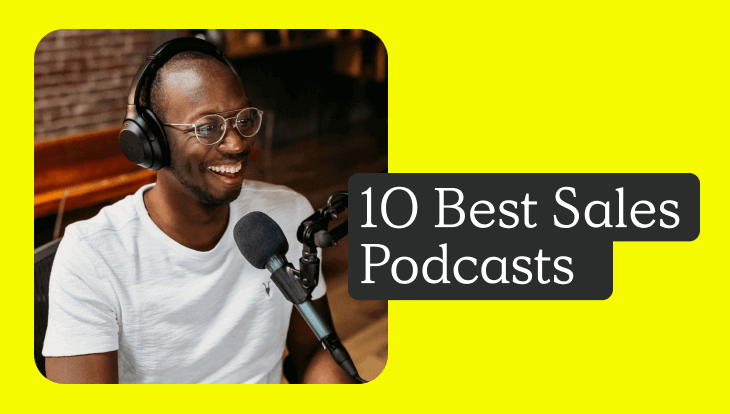
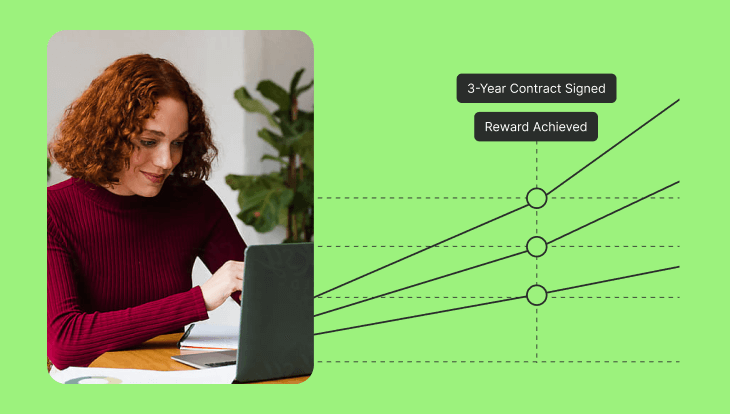
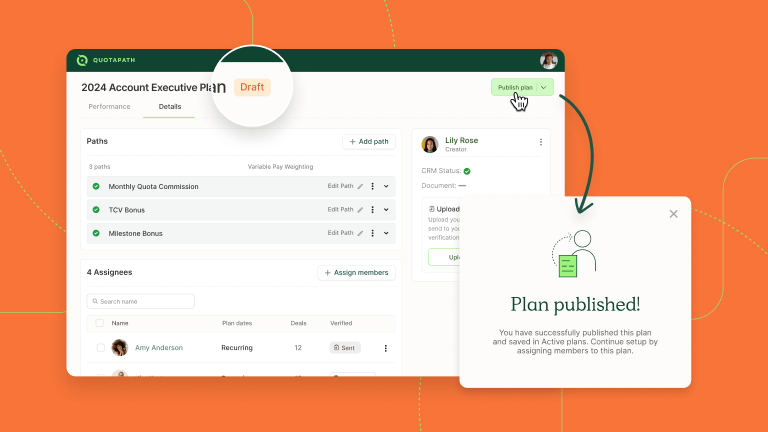

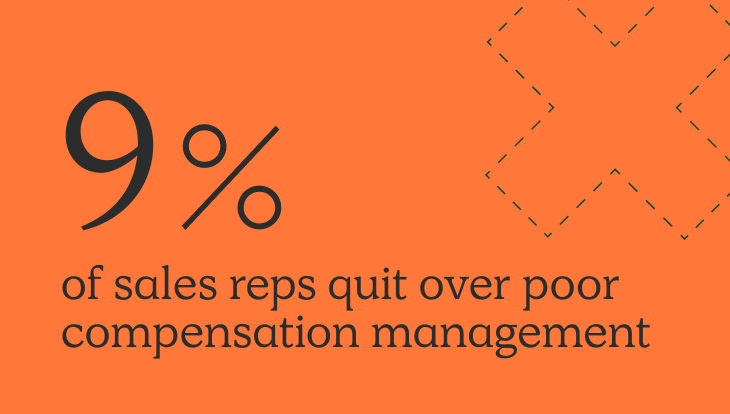


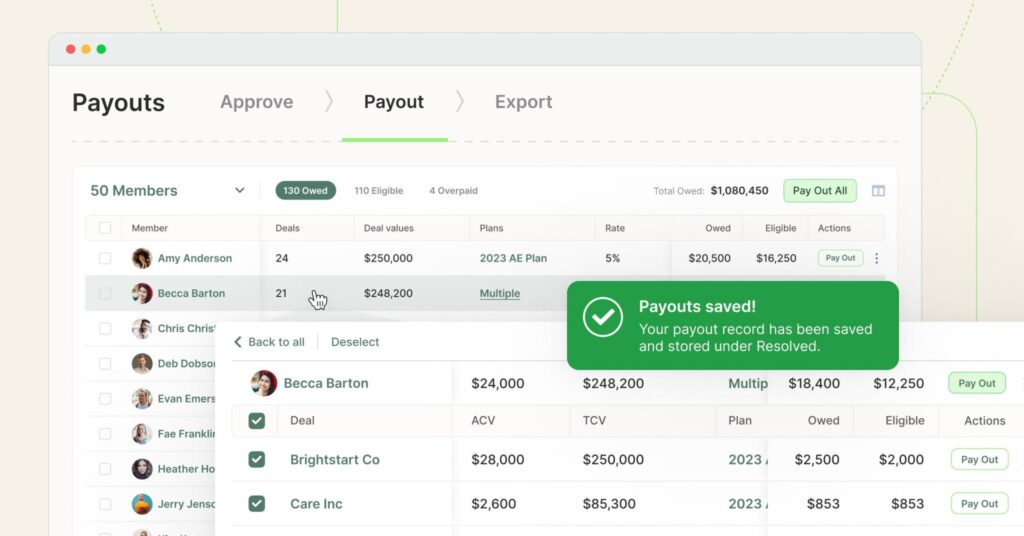
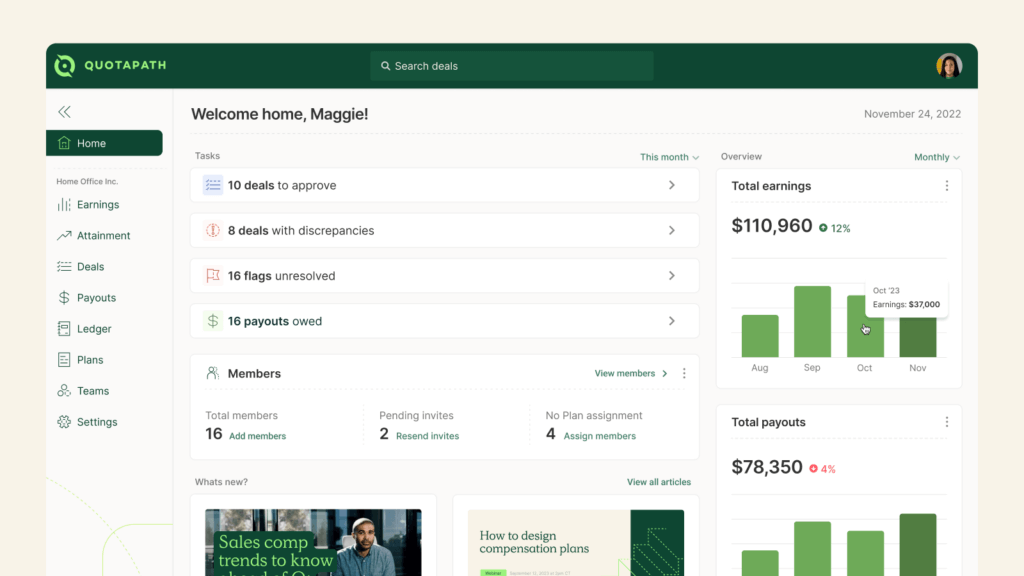



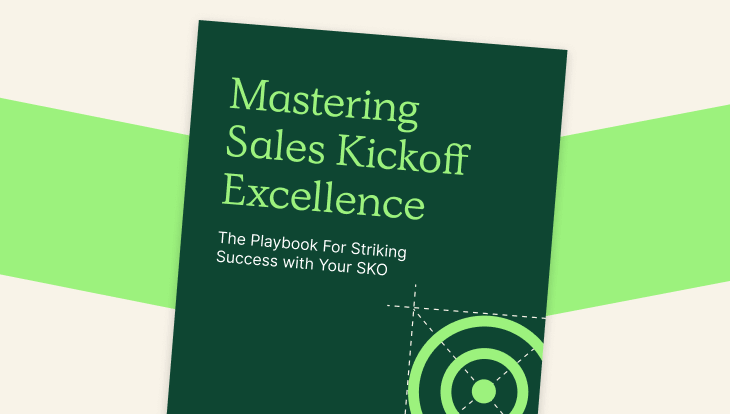

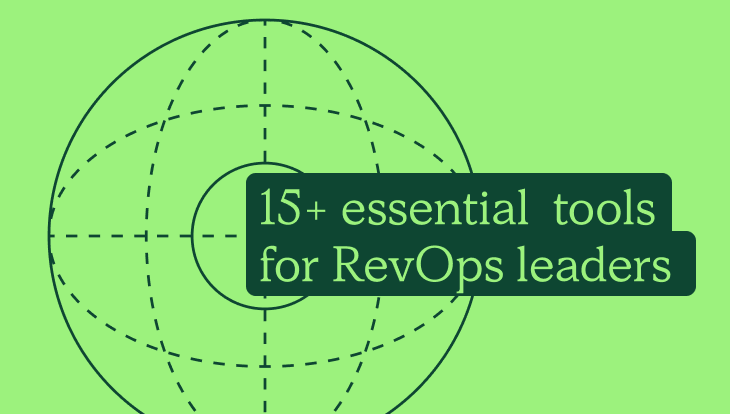


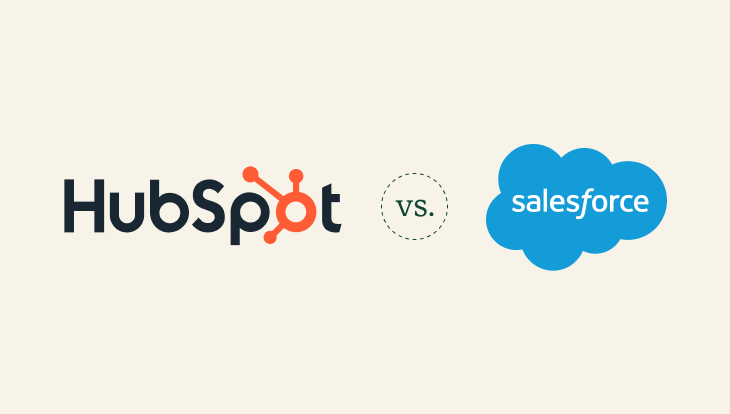
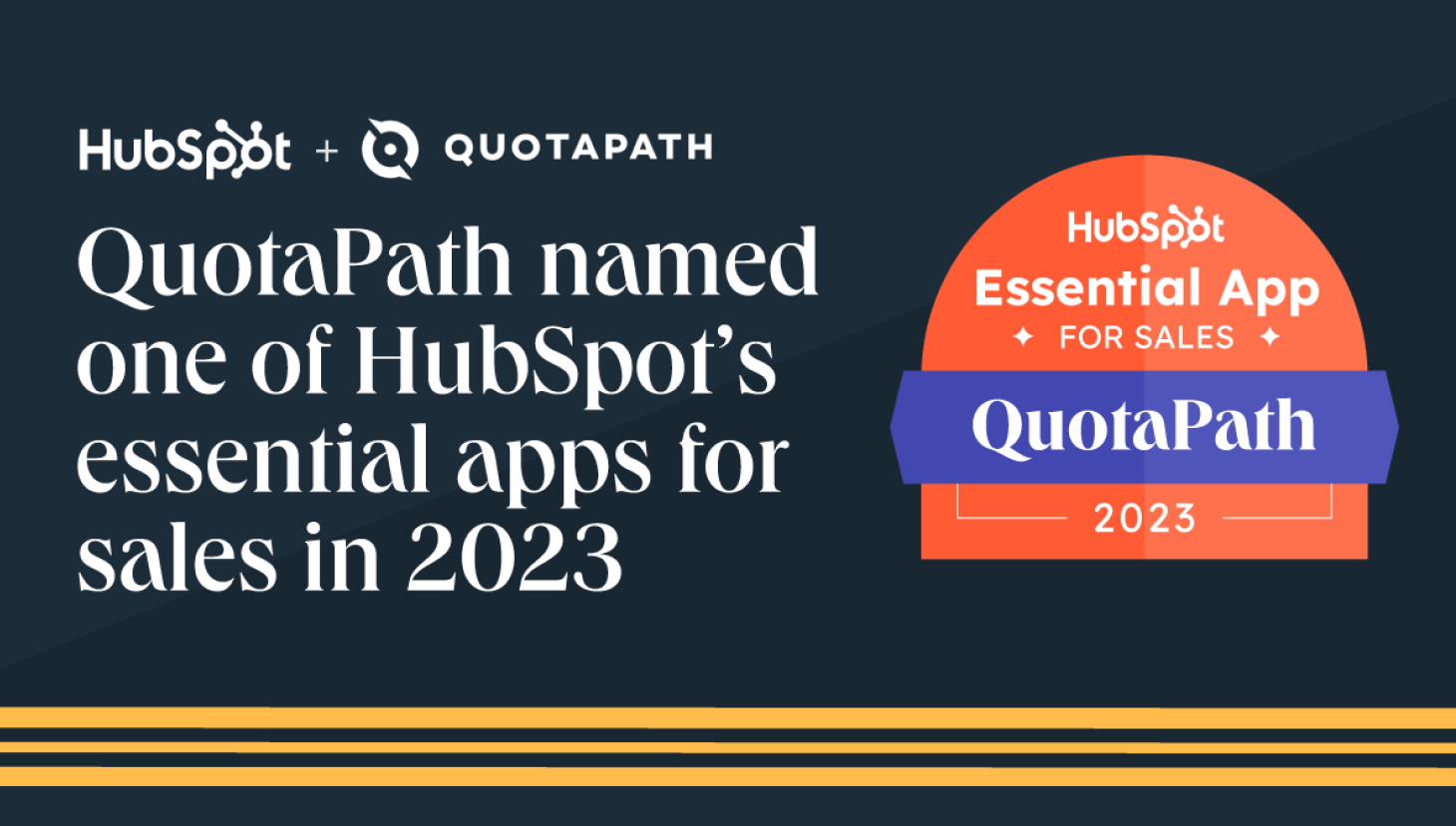
Recent Comments